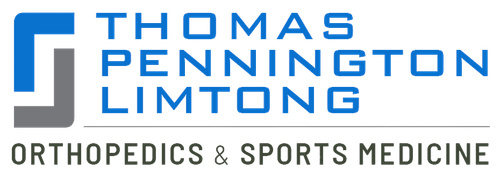Elbow Surgery
 The human body is built in a way to tolerate wear and tear within a set limit. Like other machines, the signs of damage begin to show when normal functioning is affected. The elbow joint is no exception. There are three categories of elbow injury:
The human body is built in a way to tolerate wear and tear within a set limit. Like other machines, the signs of damage begin to show when normal functioning is affected. The elbow joint is no exception. There are three categories of elbow injury:
- Osteoarthritis or post-traumatic stress: elbow display signs of smooth cartilage damage with time. Cartilage damage can also be progressive post a childhood accident when pain becomes evident years after the injury.
- Intra-articular joint pathology and instability: with sports like basketball, moto racing, gymnastics elbow injury is common. Either the cartilage or ligament gets damaged. When the joint becomes unstable, function is impaired. Pain is a side effect.
- Lateral epicondylitis or Tendonitis: The common name for this condition is tennis elbow. If medication and physiotherapy fail, the last option is surgery performed by board certified orthopedic surgeons.
Elbow surgery
Dr. Thomas and Dr. Bigler of the Thomas & Bigler Knee & Shoulder Institute, Nevada, exclaim that elbow surgery is a procedure that is necessary only in a very small percentage of people. Most complaining of elbow pain show improvement with strengthening and balancing exercises. One of the most promising surgical procedures to address elbow pain is elbow replacement surgery when the worn out joint are replaced with implants. The procedure takes between an hour to three, starting with a primary incision to expose the joints. The visible bones are trimmed along the humerus and the ulna and the implants are placed. Setting of the implants is through epoxy cements. The two ends of the hinge are then locked by a pin. The surgeon checks the initial movement and then closes the incision. Motion of the arm is restricted to facilitate healing. A sling supports the operated arm and tenderness or swelling is visible for a few days.
Risk of surgery
Although the surgery has presented a high success rate in the past by liberating patients from persistent elbow pain, few risks cannot be ignored. The rate of complications occurrence is as low as 5% of which major complications are stroke or heart attack. Chronic illness may instigate complications. Associated risk after or during surgery are:
- Infection: a risk associated with any open wound, infection is commonly caused by bacteria that enter the body through finger nails, dental procedure, skin infection or urinary tract. Infections delay recovery. Preventive antibiotic are prescribed for the first two years post -surgery before any dental procedure.
- Osteolysis: it is the degradation of bones caused by direct contact between the bones of the elbow and the cement, fiction from damaged implant components or contact with plastic or metal components.
- Fracture: post elbow replacement, fracture in the implants were reported by patients who are physically active or with high performance expectations. It is very important to rest out the operated elbow.
- Dislodging of the implants by direct impact
- Replacement or removal of implants after a set time
- Metal allergy reaction: a rare phenomenon.
- Surgical errors leading to faulty placement of the implants.
- Injury to the bone, muscle or nerves
If you would like to schedule an appointment or learn more about the Knee and Shoulder Institute procedures & treatments performed by Las Vegas, Nevada board certified surgeons Steven C. Thomas, MD and Gregory T. Bigler, MD. call (702) 933-9393; Physical Therapy (702) 933-9394
